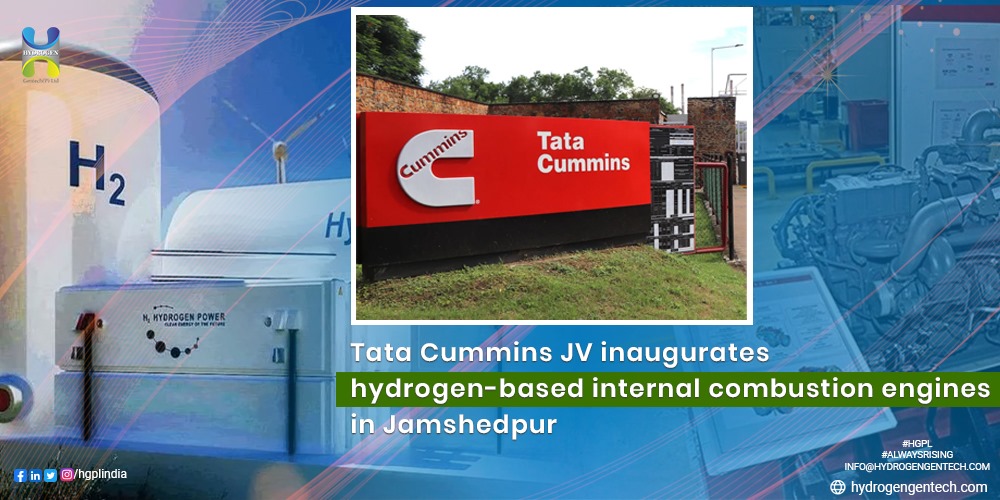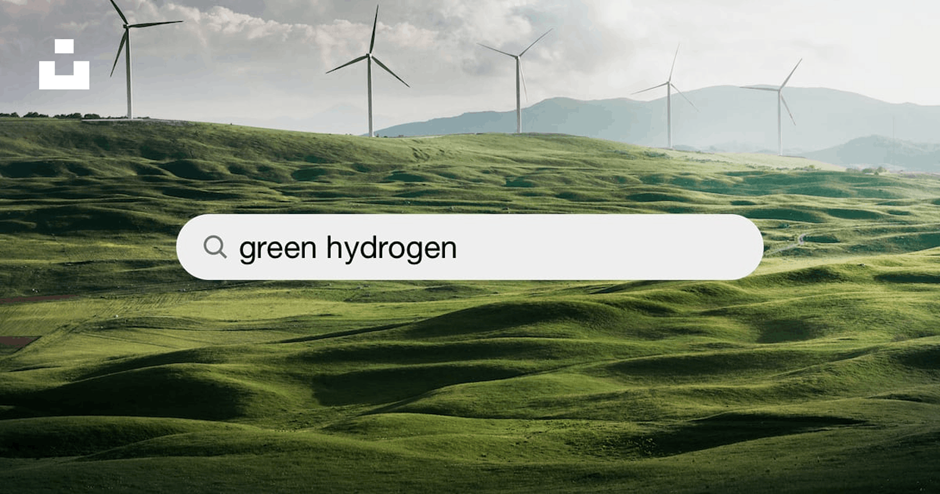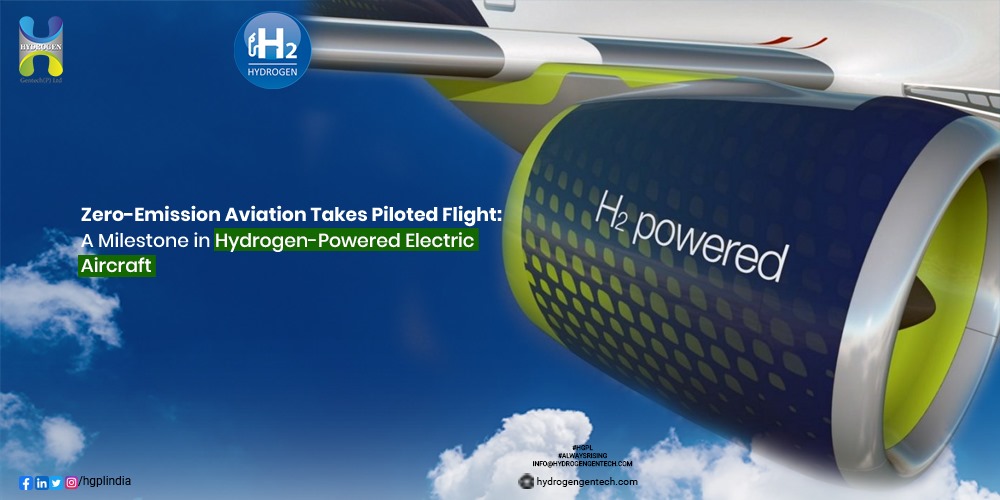Introduction
President Joe Biden and Energy Secretary Jennifer Granholm have recently announced a groundbreaking initiative to accelerate the domestic market for low-cost, clean hydrogen. The administration has allocated $7 billion in funding from the Bipartisan Infrastructure Law to establish seven regional clean hydrogen hubs across the United States. These hubs, including the Mid-Atlantic Hydrogen Hub, Appalachian Hydrogen Hub, California Hydrogen Hub, Gulf Coast Hydrogen Hub, Heartland Hydrogen Hub, Midwest Hydrogen Hub, and Pacific Northwest Hydrogen Hub, are expected to catalyze more than $40 billion in private investment and create tens of thousands of good-paying jobs.
This article will delve into the details of this ambitious plan, highlighting the significance of clean hydrogen as a versatile and sustainable energy source. We will explore the environmental and economic benefits of these hydrogen hubs, as well as the role they play in the transition to a cleaner and greener future.
The Importance of Clean Hydrogen
Clean hydrogen is a game-changer in the fight against climate change. It has the potential to reduce emissions in sectors that are traditionally hard to decarbonize, such as heavy-duty transportation and industrial processes. By investing in targeted hydrogen infrastructure, the Biden administration aims to lower costs, drive innovation, and create employment opportunities for American workers.
Hydrogen can be produced from diverse domestic resources, including solar energy, wind, nuclear energy, biomass, and natural gas with carbon capture. This versatility makes it an attractive option for achieving near-zero greenhouse gas emissions. The selected hydrogen hubs will focus on green (electrolysis-based) production methods, ensuring a sustainable and environmentally friendly approach.
The Seven Regional Clean Hydrogen Hubs
The seven regional clean hydrogen hubs represent a significant milestone in the development of a robust hydrogen economy in the United States. These hubs, strategically located across the country, will collectively produce over three million metric tons of clean hydrogen per year, accounting for nearly one-third of the 2030 U.S. clean hydrogen production goal.
Let’s take a closer look at each of these hubs and the unique contributions they bring to the clean energy transition:
- Mid-Atlantic Hydrogen Hub
The Mid-Atlantic Hydrogen Hub aims to leverage the region’s renewable energy resources, particularly offshore wind, to produce clean hydrogen at scale. This hub will play a crucial role in decarbonizing transportation, power generation, and industrial sectors in the Mid-Atlantic region.
- Appalachian Hydrogen Hub
The Appalachian Hydrogen Hub focuses on utilizing the region’s abundant natural gas resources, combined with carbon capture technology, to produce clean hydrogen. This hub will drive economic growth, create jobs, and reduce emissions in the Appalachian region.
- California Hydrogen Hub
As a leader in clean energy adoption, California is well-positioned to establish a hydrogen hub that leverages its renewable energy infrastructure and expertise. The California Hydrogen Hub will accelerate the deployment of hydrogen fuel cell vehicles, support renewable energy integration, and reduce emissions in the transportation and industrial sectors.
- Gulf Coast Hydrogen Hub
The Gulf Coast Hydrogen Hub capitalizes on the region’s existing hydrogen infrastructure and extensive petrochemical industry. By repurposing existing assets, this hub aims to produce clean hydrogen, decarbonize industrial processes, and create opportunities for skilled workers in the Gulf Coast region.
- Heartland Hydrogen Hub
Located in the heart of America, the Heartland Hydrogen Hub aims to leverage the region’s diverse energy resources, including wind, solar, and natural gas, to produce clean hydrogen. This hub will drive innovation, create jobs, and promote sustainable economic development in the Midwest.
- Midwest Hydrogen Hub
The Midwest Hydrogen Hub builds upon the region’s strong manufacturing and agricultural sectors to produce clean hydrogen. By utilizing renewable resources and enabling the deployment of fuel cell vehicles, this hub will contribute to reducing emissions and strengthening the Midwest’s position as a clean energy leader.
- Pacific Northwest Hydrogen Hub
The Pacific Northwest Hydrogen Hub harnesses the region’s abundant renewable energy resources, including hydropower and wind, to produce clean hydrogen. This hub will support the decarbonization of transportation, industry, and power generation, while fostering collaboration among stakeholders in the Pacific Northwest.
Environmental and Economic Impact
The establishment of these clean hydrogen hubs is expected to have a transformative impact on the environment and the economy. By producing over three million metric tons of clean hydrogen annually, these hubs will contribute significantly to reducing carbon dioxide emissions. In fact, the combined annual emissions reduction is roughly equivalent to the emissions of over 5.5 million gasoline-powered cars.
Furthermore, the investment of nearly $50 billion in clean manufacturing and jobs represents one of the largest commitments in history towards a sustainable energy transition. This funding will not only create tens of thousands of good-paying jobs but also attract additional private investment, resulting in a total investment of approximately $50 billion.
Community Benefits and Justice40 Initiative
The selected hydrogen hubs are committed to ensuring that local communities benefit from the clean energy transition. In alignment with the Justice40 Initiative, which aims to prioritize disadvantaged communities, the hubs have developed Community Benefit Plans. These plans address local priorities, promote transparency, and strive to eliminate, mitigate, and minimize risks associated with the hydrogen projects.
Additionally, several hubs have partnered with unions, with three requiring project labor agreements (PLAs). These agreements will help create quality jobs and ensure that workers are fairly compensated for their contributions to the hydrogen hub projects.
Conclusion
President Biden’s $7 billion funding for clean hydrogen hubs marks a significant step towards revolutionizing the U.S. energy landscape. Through the establishment of seven regional hydrogen hubs, the administration aims to accelerate the adoption of clean hydrogen, reduce emissions, and create economic opportunities for American workers. These hubs, strategically located across the country, will produce over three million metric tons of clean hydrogen annually, contributing to the 2030 U.S. clean hydrogen production goal.
As the nation embraces clean hydrogen as a versatile and sustainable energy source, the benefits will extend beyond emissions reductions. The investment in clean manufacturing and jobs will drive economic growth, create employment opportunities, and ensure that disadvantaged communities are not left behind in the transition to a cleaner and greener future. With the collective efforts of government, private sector, and communities, the vision of a national hydrogen economy is becoming a reality.
Disclaimer: This article is for informational purposes only. The information provided is based on research and analysis from various sources.











